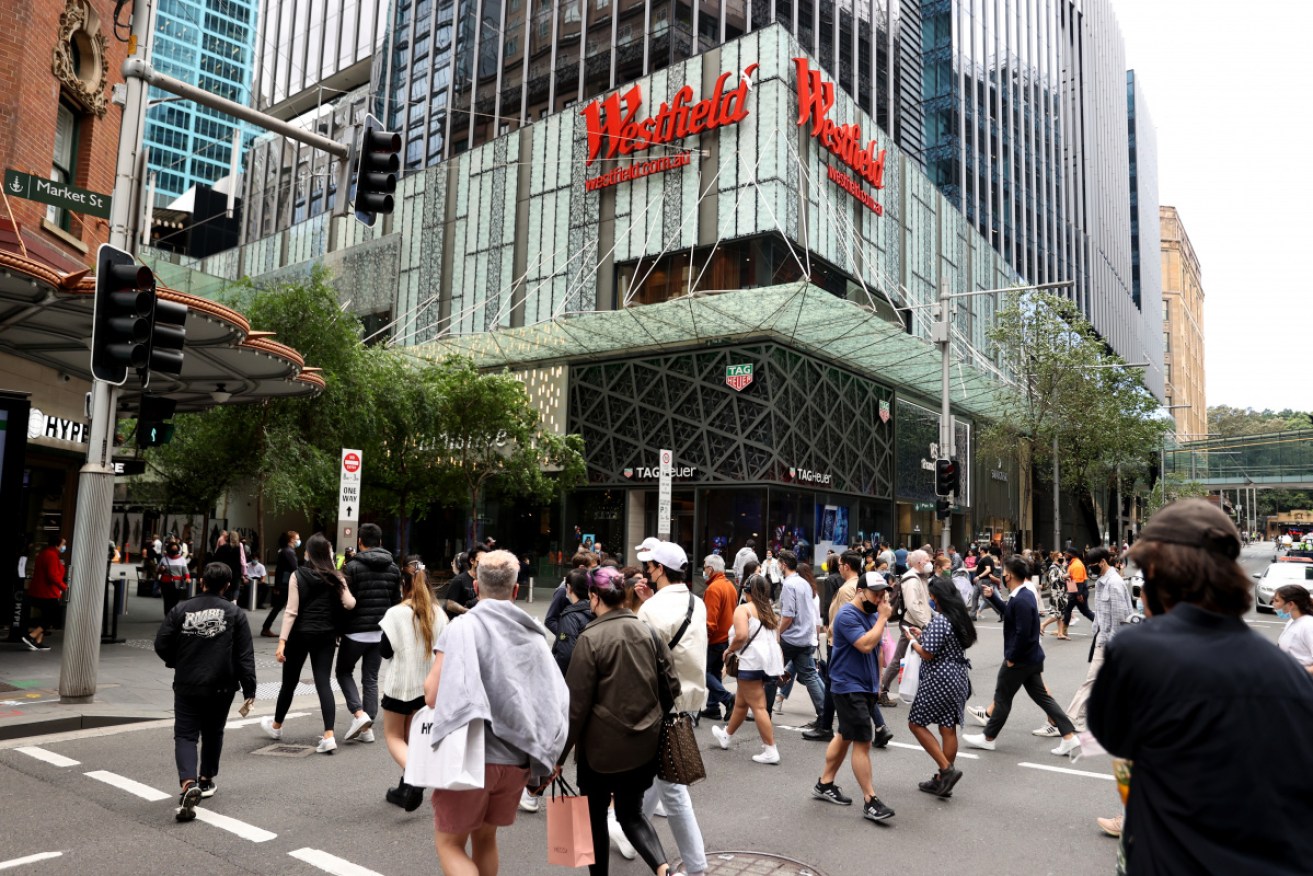Retail sales up, despite hit from Omicron surge


The spending data for May shows the fifth consecutive monthly rise in retail turnover. Photo: AAP
Retail sales held up better than feared during January, despite the spread of the highly infectious COVID-19 Omicron variant, and may now get a further fillip with the reopening of international borders.
Australian Retailers Association CEO Paul Zahra concedes January was an up-and-down month for retailers.
The year began with a surge in Omicron cases, which hit local supply chains and forced tens of thousands of workers into isolation each day.
“However, towards the end of the month, we saw daily caseloads start to come down, close-contact isolation requirements were eased for essential workers and consumer spending started to lift,” Mr Zahra said.
“Overall, we’ve had a soft landing from Omicron and the impacts on sales have not been as severe as we originally feared,” Mr Zahra said.
According to the Mastercard SpendingPulse, which measures in-store and online retail sales across all forms of payment, retail sales rose 2.4 per cent in January to be 4.9 per cent higher than a year earlier.
Compared with pre-pandemic levels in January 2020, sales were up by a solid 14.4 per cent.
Household goods was the top performing retail category, up 10.4 per cent in January compared to the previous year, followed by clothing sales which increased 8.5 per cent.
Department stores were the only retail category to record a decrease, down 2.7 per cent – the eighth consecutive month of negative growth.
Sales increased during January on the previous year in all states and territories, with Victoria leading the way, up 8.3 per cent.
However, Mr Zahra said sales remained uneven and depended on the type of business and where it was located. Cashflow concerns also remain a challenge for many retailers, coupled with rising supply chain costs.
“CBD retailers are a focus on our path to recovery, with foot traffic through our capital cities still quite low with the absence of international tourists and exacerbated by people continuing to work from home,” he said.
“We are looking forward to the international border reopening, which is the first step towards the revitalisation of our city centres.”
International tourist travel restarted on Monday, when Australia’s borders opened after two years of closure due to the pandemic.
Australian Chamber of Commerce and Industry chief executive Andrew McKellar said it was the moment tourism businesses had been waiting for.
“Fortress Australia at last comes to an end,” he said.
Prior to the pandemic, the economic benefit from inbound tourism contributed up to $45 billion in income each year.
“While there will be a considerable lag before arrivals return to their pre-pandemic levels, the long road to recovery for crippled tourism businesses starts now,” Mr McKellar said.
-AAP








